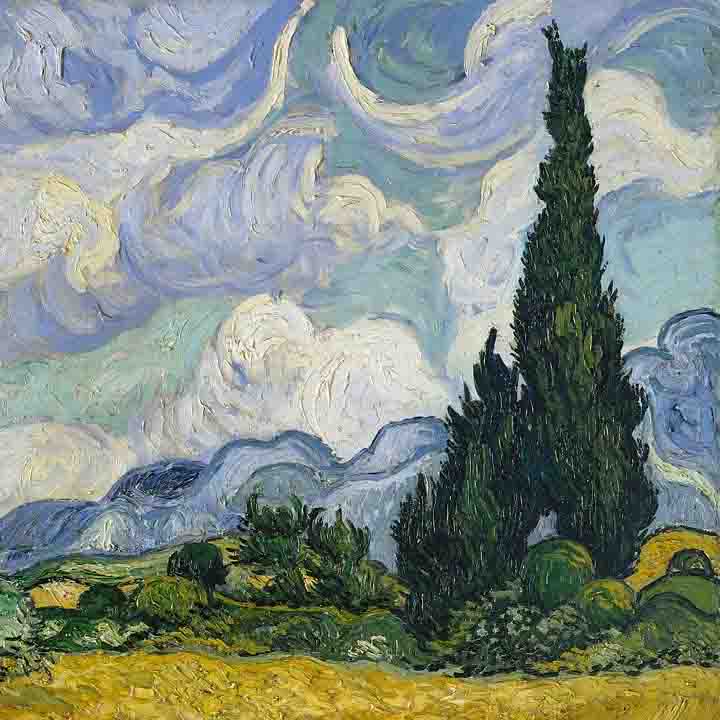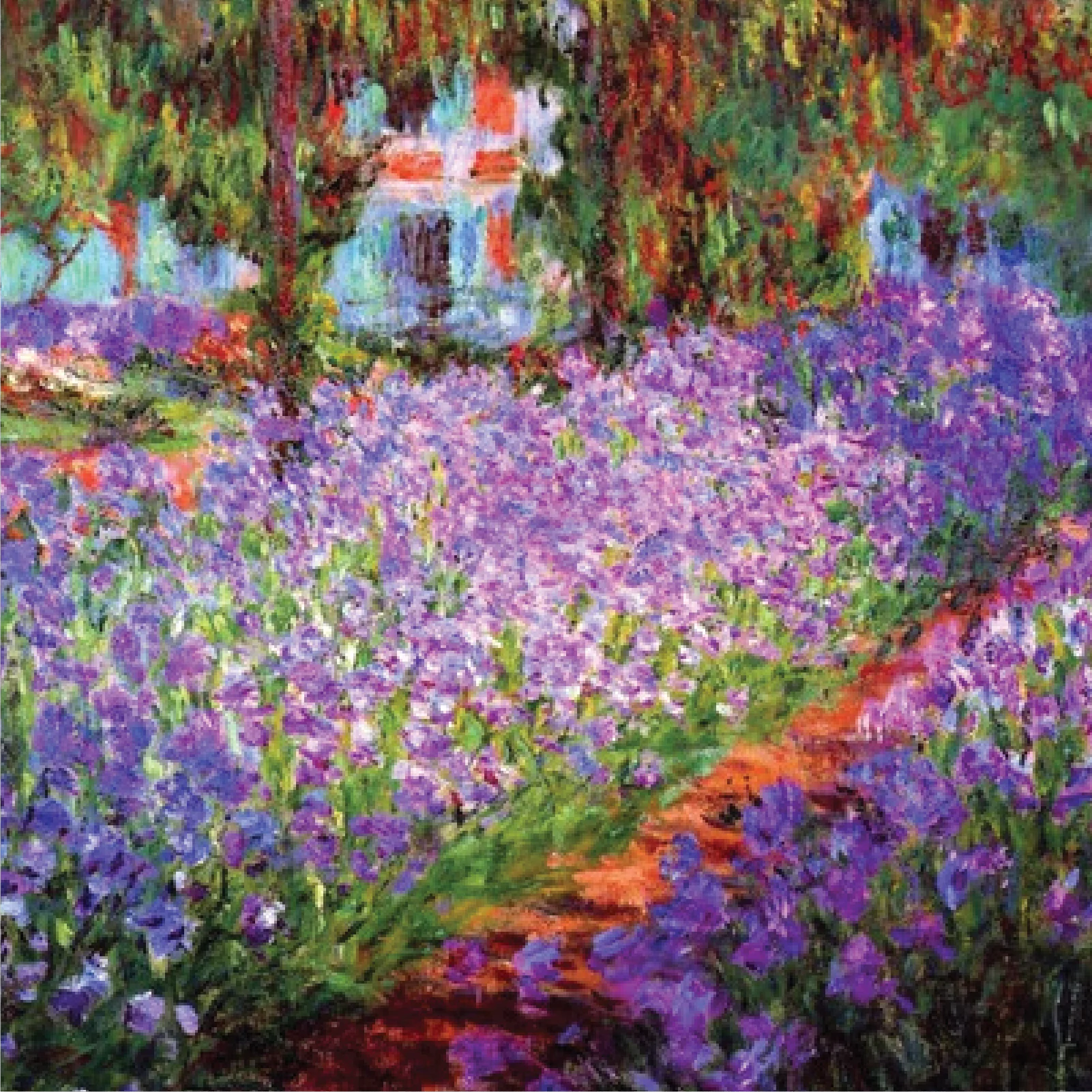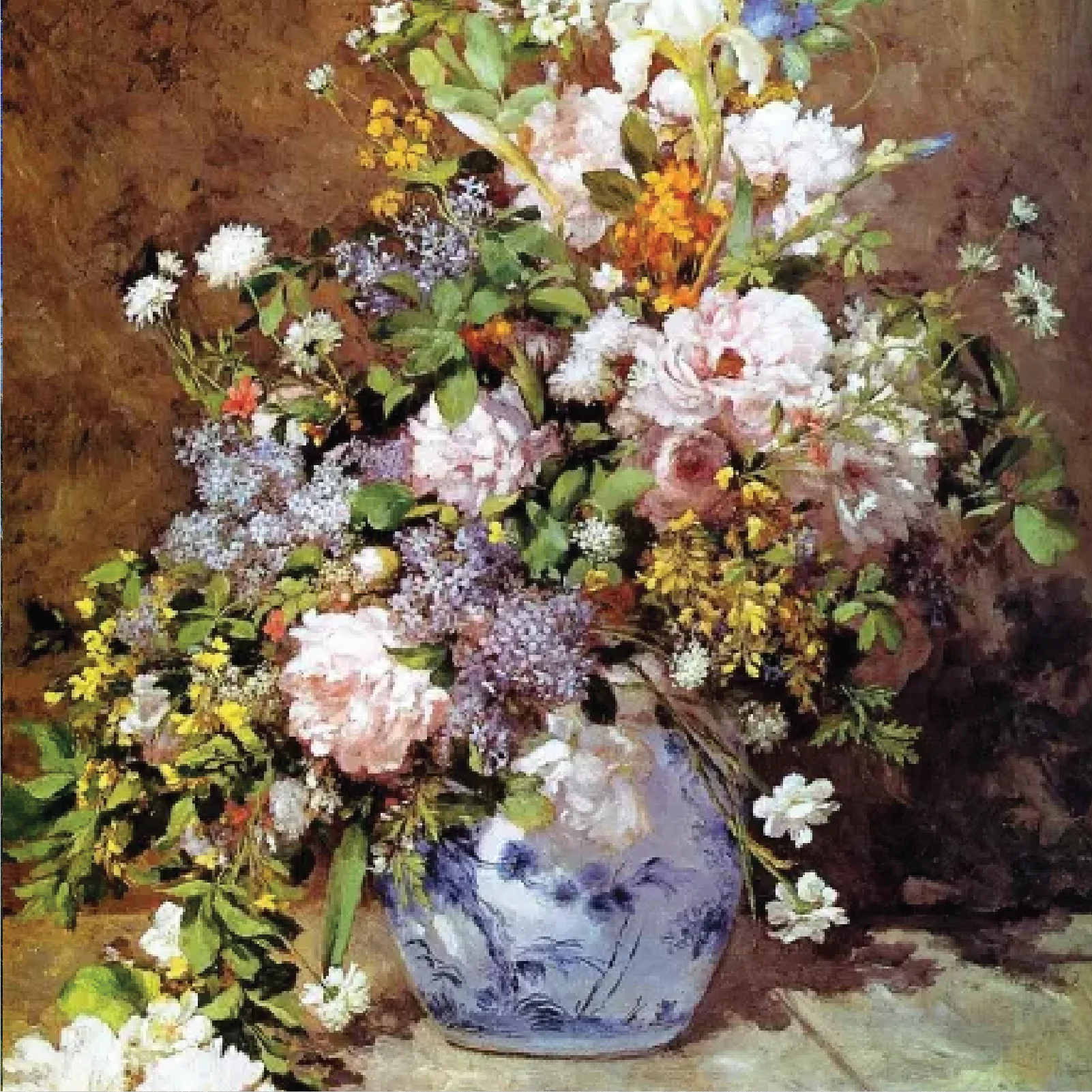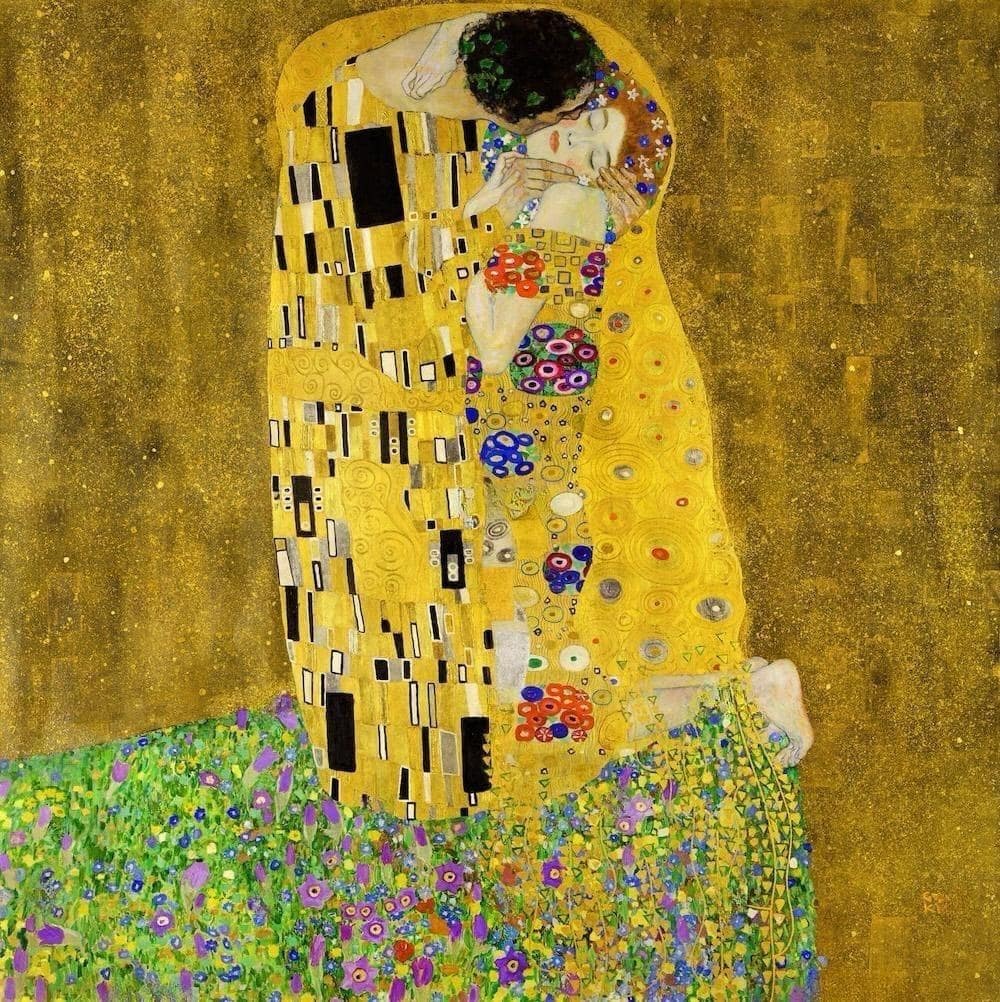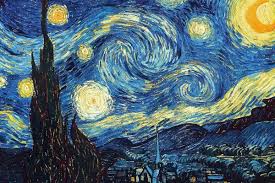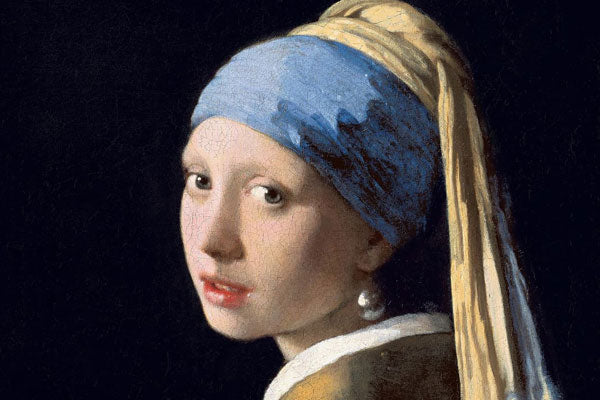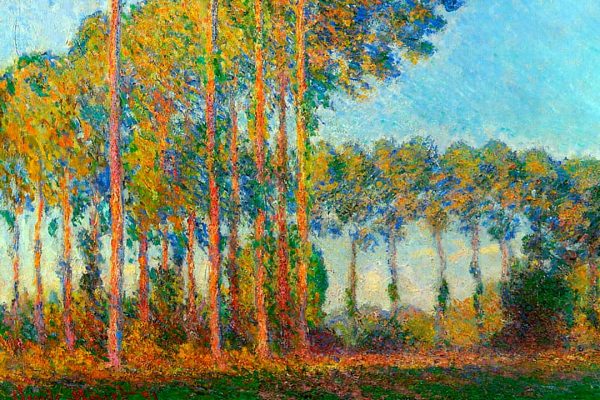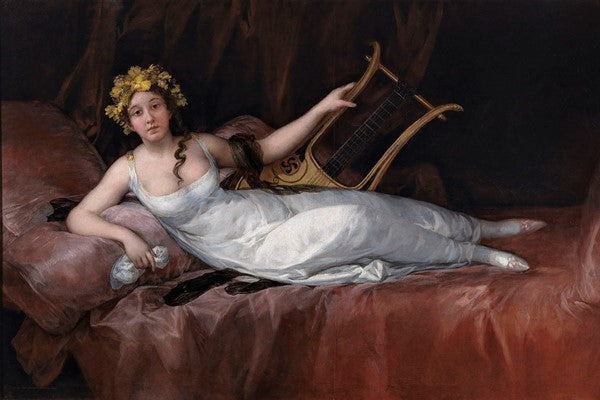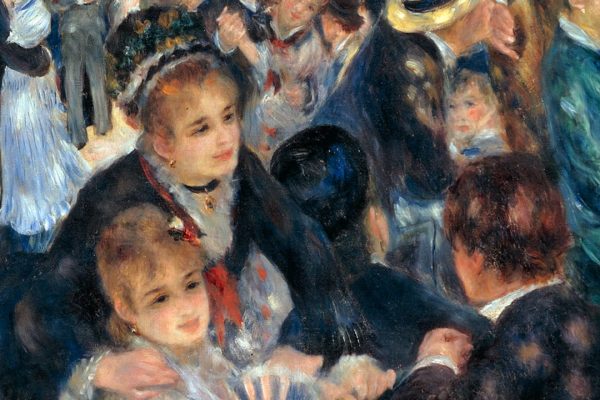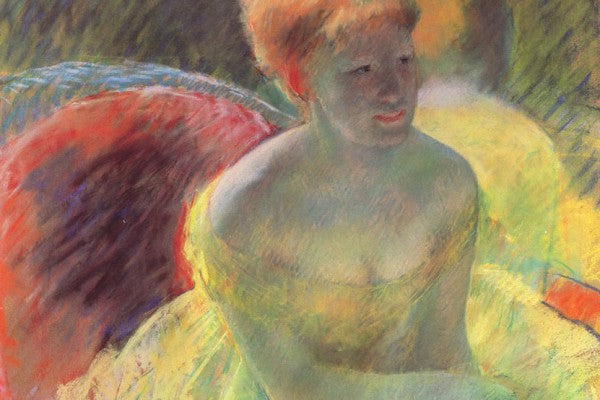Horse Painting Essentials: Techniques, Styles, and Tips for Art Lovers
The artistic representation of horses has been a significant theme throughout art history, capturing the grace and power of these majestic animals. Horse painting is an enduring genre that spans from the earliest cave depictions to contemporary digital creations. It reflects the horse's role in human society—as a companion, a worker, and a symbol of status and freedom. This art form has evolved through different periods, influenced by varying techniques and cultural contexts, creating a rich tapestry of equine imagery.
Throughout the centuries, horse paintings have featured in various art movements and styles—each with its own interpretation of the equine form. From the robust and spirited warhorses of Renaissance art to the abstract and expressive equine forms in modern paintings, the diversity in style has been vast. Whether as the primary subject or part of a larger composition, horses evoke a range of emotions and narratives within the canvas. Today, horse art continues to be a profound element in interior design and a beloved subject for both artists and collectors who are captivated by the animal's beauty and symbolism.
Key Takeaways
- Horse painting is a timeless genre that encapsulates the significance of horses in human culture.
- Artistic methods and styles of portraying horses have transformed across different historical periods.
- Equine art remains an influential and cherished component in both the art world and interior design spaces.
History and Evolution of Horse Painting
Horse paintings are a riveting chapter in art's evolution. Your experience with equine art likely begins with ancient origins, such as the prehistoric cave paintings found at Lascaux. These early depictions showcased horses as vital elements within human life and spirituality.
Moving through history, you would witness horses depicted in battle scenes and as symbols of power and prestige. By the Renaissance, equine portraiture had grown in sophistication. A renowned piece that might capture your interest is Napoleon Crossing the Alps by Jacques-Louis David. This painting powerfully conveys Napoleon's commanding presence, often associated with the potency and nobility of his steed.
The 19th Century was pivotal, with dynamic shifts in style and subject matter. Rosa Bonheur's The Horse Fair, a masterpiece from this era, exemplifies meticulous attention to anatomical accuracy and movement. Bonheur's dedication resulted in a monumental canvas that vibrates with the raw energy and grace of horses in motion.
Your understanding of horse paintings would not be complete without recognizing the impact of modernist interpretations. These depictions often stray from realism to capture the essence of equine beauty through expressive lines and vibrant colors.
As you explore horse painting's timeline, you notice a consistent thread: the desire to capture the multifaceted relationship between humans and horses. Each stroke and shade charts humanity's enduring fascination with these majestic animals, allowing you to gallop through art's timeless narrative.
Styles and Techniques
In this section, you'll explore various styles and dynamic techniques specific to horse painting that can help you capture the essence of these majestic creatures.
Abstract Horse Art
Abstract horse art allows you to express the movement and emotional presence of horses without being confined to realistic representation. Your compositions can emphasize color, form, and brushstrokes to convey a sense of energy and spirit. Bold colors and fluid lines are often used to render the horse's form in a way that is open to interpretation.
Oil and Watercolor Techniques
When painting horses with oil paints, you have the advantage of rich textures and extended working time. Layering is a common technique in horse oil paintings, where you build the painting from thin underpainting to detailed brushwork. In contrast, watercolor offers translucency and spontaneity. Use this medium for horse watercolor art to create soft washes for the background and more controlled, wet-on-dry techniques for fine details like the mane and eyes.
Horse Portraiture
Horse portraiture focuses on capturing the horse as an individual, with attention to detail in the features and expression. Achieving a lifelike depiction requires careful observation of the subject. Keep an eye on the positioning of ears, the shine in the eyes, and the muscle tones to render a realistic horse portrait. Whether in oil or acrylic, each brushstroke and shading helps to build the character and mood of the equine subject.
Famous Horse Paintings
Throughout art history, horses have captivated artists and audiences alike, symbolizing power, grace, and freedom. Some paintings stand out for their impact and exceptional artistry.
Iconic Equestrian Artworks
George Stubbs' "Whistlejacket" is a remarkable showcase of equine anatomy and possesses an almost photographic realism. This 1762 painting captures the pure majesty of its subject, a racehorse in mid-stride, against a stark background. View this significant work on Artst.
Encountering Franz Marc's "Blue Horse I" allows you to dive into a world where color expresses emotion. Painted in 1911, this piece, with its vividly bold blue tones and expressive lines, reflects Marc's unique style and spiritual connection to animals.
Influential Equine Artists
When you explore equine artists, George Stubbs stands out prominently. His scientific approach to painting horses resulted in some of the most accurate and stunning depictions of the animal, notably "Whistlejacket," which remains influential to this day.
Stepping outside realism, Franz Marc, a key figure of the German Expressionist movement, viewed horses as symbols of rebirth and transformation, a vision clearly reflected in his "Blue Horse I" series.
By admiring these artworks, you not only witness pivotal examples of equine representation but also engage with significant chapters of art history.
Subjects in Horse Paintings
In the varied world of horse paintings, you can expect to encounter a remarkable array of subjects showcasing the grace and power of these animals.
Equine Portraits
Equine portraits are a testament to the timeless beauty and individual character of each horse. These pieces often focus on the majestic stance and expressive features of a single horse, bringing attention to details like the shine of its coat and the depth in its eyes.
Horse Racing Scenes
In horse racing paintings, the thunderous excitement of the racetrack comes to life. You can almost hear the pounding hooves and feel the intense energy as each art piece captures the dynamism and competitive spirit of jockeys and their steeds vying for victory.
Wild and Nature Themes
Meanwhile, horse landscape paintings and horse and nature paintings portray these noble creatures within the grandeur of the natural world. Artists might depict a herd galloping freely across sweeping plains or a solitary horse standing serene in a quiet forest, thus enveloping you in an atmosphere of wildness and tranquility.
Cultural Significance
In exploring horse paintings, you uncover rich tapestries of history and identity. Horse symbolism varies greatly across cultures and intertwines with societal values and historic events, offering more than mere aesthetic pleasure.
Horse Art in Different Cultures
American Indian Horse Paintings: Indigenous tribes of North America frequently adorned their horses with paintings that carried deep spiritual meanings, often signifying war honors, tribal identity, and achievements. For example, a horse might be emblazoned with handprints to signify a warrior's courage or with a zigzag line to symbolize lightning and speed.
Chinese Horse Painting: This art form represents one of the hallmark artistic traditions in Chinese culture. Historically, horses in these paintings embody attributes such as nobility, endurance, and forward momentum, making them powerful symbols of progress and societal advancement.
Equestrian Art's Role in Society
You'll find that across cultures, equestrian art does more than simply portray the physical form of a horse. It acts as a dialogue between the animal's symbolic representation and societal traits. For instance, in many cultures, including historical Chinese society, horses in paintings often correlate with higher social status and are seen as auspicious symbols linked to success and rapid promotion.
In contemporary society, equestrian art continues to serve a symbolic purpose, reflecting ideals and values and frequently contributing to cultural identity and communal pride. Through the lens of these artworks, you grasp a more profound sense of how societies view themselves and aspire to be.
Equine Art in Interior Design
Incorporating equine art into your home decor can make a bold and sophisticated statement. When selecting horse wall art, consider the scale and color palette to ensure it complements your existing interior design. It's not just about the artwork itself, but how you showcase it.
- Living Room: Position a large horse painting as a central piece above your sofa to create an eye-catching focal point. The image of a horse can instill a sense of freedom and movement into your living space.
- Equestrian Elegance: For a touch of traditional charm, integrate equestrian wall art into your decor, which often depicts scenes from the noble sport of horse riding.
Choosing the Right Piece:
- Style: Opt for canvas prints or original paintings to match your personal aesthetic—be it modern or rustic.
- Size: Make sure the artwork is proportional to your wall space—too small and it will lose impact, too large and it may overwhelm.
Installation Tips:
- Hang at eye level in common areas for maximum effect.
- Use gallery lighting to highlight the texture and colors of the painting.
- Pair with complementary pieces such as horse-themed sculptures or decorative elements.
Equine wall art isn't just decorative; it's a conversation starter, transforming your room with its majestic presence. Whether you prefer abstract interpretations or realistic depictions, there's a piece that reflects your unique taste and enhances your home's atmosphere.
Choosing Horse Art
When selecting horse art, consider both your personal interests in equestrian themes and the variety of art options available, from prints to paintings.
Art for Equestrians
If you're an equestrian enthusiast, horse painting framed pieces can reflect your passion. Seek out artwork that captures the dynamic motion or serene pose of horses to bring the spirit of equine life into your space. Whether you prefer detailed horse paintings that showcase the animals' grace or a more abstract approach to the equestrian form, incorporate pieces that resonate with your lived experience and knowledge of these noble creatures.
For Animal Art Lovers
For those who appreciate the broader category of animal art, horse art prints offer a versatile and often more affordable way to enjoy this genre. Shop around for the best selection of canvas art, posters, and photo prints to uncover hidden gems that express your adoration for animals. A well-chosen horse painting for sale can become an eye-catching focal point in your home, emphasizing your love for the animal kingdom while complementing your interior design.
Creating Your Own Horse Art
Creating your own horse art is a rewarding venture that combines your passion for these majestic animals with the joy of painting. Whether you're crafting a simple depiction or aiming for a detailed horse portrait, key elements like understanding anatomy and mastering brush technique are crucial.
Getting Started with Horse Painting
To begin your journey into horse painting, you'll need a set of supplies at the ready. This includes quality brushes, a canvas or paper, and a selection of paints. Start by choosing a reference image of the horse you want to paint. It might be a painting pony that captures your imagination, or even a personal photograph.
-
Supplies:
- Brushes: various sizes
- Canvas or heavy-weight paper
- Acrylic or oil paints
- Reference: Pick an image that inspires you
- Sketch: Outline the basic shape, starting with the head and the eyes
When you're just beginning, focusing on an easy horse painting can help build your confidence. Sketched guidelines can assist with proportion and scale, which are essential to capturing the likeness of your subject.
Tips for Aspiring Equine Artists
Delving into equine art, pay special attention to the horse's anatomy. Musculature, bone structure, and the way light falls on the horse's coat can greatly influence the realism of your work. Here's a tip from Studio Wildlife: start with the eye. It's not only the window to the horse's soul but also sets the tone for your piece.
-
Anatomy: Study the horse's muscle and bone structure
- Eye: Begin with an oval-shaped pupil using carbon black
- Rest of the eye: Use burnt umber
Practicing horse for painting also means familiarizing yourself with the horse's various movements and poses. Movement can convey emotion and intent, bringing your painting to life. Static poses might be easier for beginners, but as your skill grows, so too can the complexity of the equine stances you choose to portray.
Lastly, consider taking your artwork to the next level with a horse portrait. This narrows your focus to the horse's face and upper body, allowing you to concentrate on subtle details like facial expressions and fine hair. Lighting plays a pivotal role in portraits; good use of light and shadow will add depth and dimension to your artwork.
- Movement: Convey grace and power
- Portraits: Focus on detailing and lighting
Remember, patience is your companion in the realm of horse painting. Each brushstroke brings you closer to capturing the spirit and essence of these noble creatures on your canvas.
Artistic Representations
When you explore horse paintings, you’ll notice the diverse use of color and form alongside the varying depictions of motion and emotion, which serve to express the majesty and dynamism of these creatures.
The Role of Color and Form
The choices an artist makes in color can significantly influence the mood and atmosphere of a horse painting. Colorful horse paintings often use vibrant hues to depict the energy and spirit of the animal, creating a lively and compelling image that resonates with viewers. For instance, in paintings where horses are displayed against stark backgrounds, the selection of warm or cool colors can either accentuate the form of the horse or portray a harmonious scene.
Form is used with equal care, as evident in the careful brushwork that outlines the muscular build of these animals. Bold strokes may be employed to give shape to the raw power and elegance of the horse, while softer lines might suggest a more serene and graceful nature.
Motion and Emotion in Horse Paintings
The dynamism of a horse is often captured in horse in motion paintings, bringing to life the animal's movement in a static medium. Paintings of horses galloping can almost make you feel the thunderous beat of hooves, whereas horse jumping paintings might elevate your pulse, anticipating the outcome of a suspended moment in time.
Horse paintings can also be an emotional experience where the conveyed action reflects an internal feeling. Galloping and jumping horses often represent freedom and the overcoming of obstacles, respectively. The depiction of speed and agility in these paintings emphasizes the connection between motion and emotion, engaging you in a more profound experience of artistry and the equine form.
The Market for Horse Art
When exploring the horse painting market, you'll find a wide array of options, both in terms of subject matter and cost. Whether you're a seasoned collector or a new enthusiast, it's important to understand what influences the price of horse paintings.
Firstly, the medium affects value. Horse paintings on canvas typically offer a classic look and are often priced higher due to the materials and the traditional techniques involved. Availability also plays a critical role. If you're looking for horse paintings for sale, consider visiting local galleries or art fairs where you may find a piece that resonates with your aesthetic preferences. Don't forget to utilize online platforms which often feature a broad selection, allowing you to find a horse painting that suits your space and taste.
The cost of horse art varies widely:
- Original works by renowned artists can fetch a high price.
- Limited edition prints or amateur artist paintings are more affordable.
Here's a basic pricing guide for horse paintings:
| Type | Price Range |
|---|---|
| Original Paintings | High |
| Limited Edition Prints | Moderate |
| Amateur Work | Lower |
Remember, when searching for a horse painting near me, consider local art scenes for unique finds. Likewise, online marketplaces can broaden your options, especially if geographical proximity isn't a concern.
Ultimately, your choice should align with your personal taste and budget. With careful research and consideration, you can find a horse painting that both captivates and satisfies your criteria.
Innovative Trends in Horse Painting
In the dynamic world of contemporary horse art, you witness a blend of traditional techniques with modern aesthetics. Artists are experimenting beyond naturalistic representations, incorporating abstract elements that capture both the spirit and form of these noble creatures.
For instance, horse abstract painting is a trend that allows for a greater emotional expression. Instead of detailed figures, these paintings often feature bold strokes and vibrant colors, suggesting the motion and energy of horses rather than explicitly detailing their anatomy.
When it comes to modern horse painting, the trend is to capture the essence of the horse within the context of current artistic styles. Here's a succinct look at some of the modern trends:
- Color Exploration: Gone are the days of strict color adherence to reality. Modern artists use unexpected color palettes to evoke moods and atmospheres.
- Mixed Media: Traditional oil on canvas has welcomed the inclusion of mixed media, combining various elements like paper, metal, or digital mediums to create texture and depth.
- Simplified Forms: Some artists embrace minimalism, distilling the form of the horse to its most basic shapes and lines to capture the essence without detail.
Sample of Trends
| Trend | Description |
|---|---|
| Abstract | Focus on color and form rather than detailed reproduction. |
| Mixed Media | Incorporation of various materials for a multi-dimensional effect. |
| Minimalism | Simplification of the horse's form to basic geometrical shapes. |
Your appreciation for horse painting modern approaches may grow as you explore how these trends interact with the time-honored subject of the horse. This innovative spirit in the art community ensures that the representation of horses continues to gallop forward, capturing your imagination in fresh and unexpected ways.
Frequently Asked Questions
In this section, you'll find concise answers to common inquiries about horse paintings, offering guidance for beginners and insights into the works of renowned artists.
What does horse art symbolize in Vastu Shastra?
In Vastu Shastra, horse art often symbolizes power, stability, and success. Placing horse paintings in your home or office is believed to bring positive energy and encourage forward momentum in life.
What are some simple techniques for beginners to paint horses?
Beginners can start by mastering the horse's basic anatomy and practicing with pencil sketches. When painting, use broad strokes to define the horse's form and add layers to create depth.
Can you suggest creative ideas for horse-themed paintings?
Consider capturing horses in different movements, such as galloping or grazing. You can also depict mythological horses or focus on close-ups of the horse's facial features and expressions.
How do you paint a horse on canvas for realistic effects?
To achieve realistic effects, observe the horse's muscle structure and fur direction. Use a detailed brush for the mane and tail, and pay special attention to the eyes and ears to convey emotion.
Who are some artists known for their horse paintings and what are their most famous works?
George Stubbs is widely celebrated for his horse paintings, with "Whistlejacket" being one of his most acclaimed works. Explore the most famous horse paintings to see the variety and depth in this art form.
How do you approach creating an abstract horse painting?
For an abstract horse painting, focus on the essence rather than the details. Use color and form to evoke the spirit of the horse and employ techniques like dripping or splattering to create an interesting composition.





